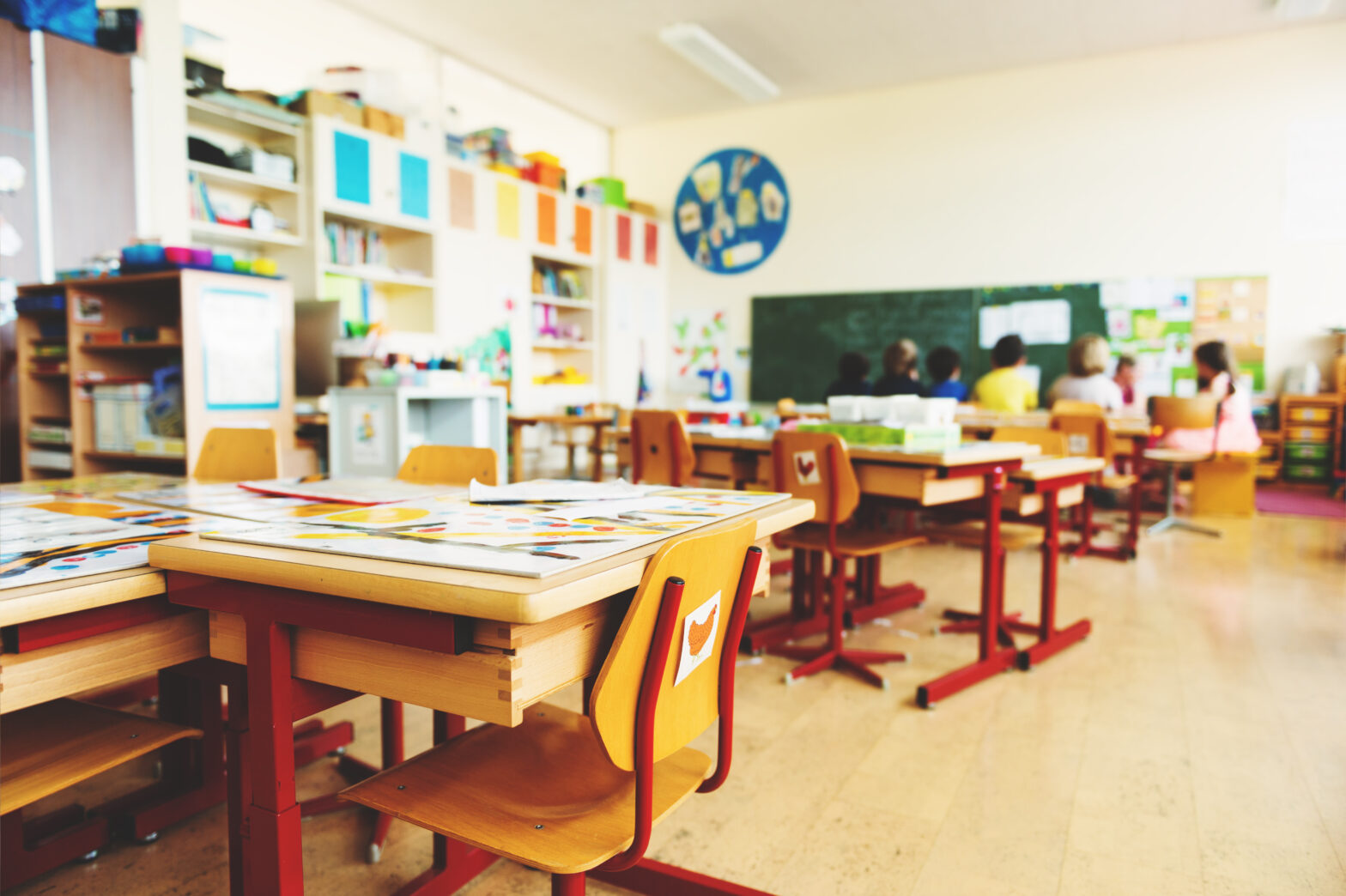According to analysis from accounting firm Blick Rothenberg, some schools may end up with reduced budgets after paying an apprenticeship levy that they have little or no opportunity to utilise.
“It may come as a surprise, but even small schools that one would expect to have staff costs below £3 million incur the levy. This is because teaching and support staff are employed by the local authority, which will have a large payroll bill,” says Mark Hart, partner at Blick Rothenberg. “This payroll cost is being passed down to the individual schools, so a school with a budget of just £600,000 that pays salaries of £400,000 will face a real cost of £2,000 and a reduction in spending on books and other resources because their income has not increased to take into account that additional cost.”
The apprenticeship levy is paid by employers with payrolls in excess of £3 million at a rate of 0.5 per cent of payroll cost. The measure was announced in the Summer Budget 2015 and came into effect on 6 April 2017 to stimulate growth in the number of apprentices. The levy can be reduced or totally eradicated by employing apprentices and using the money for their training.
“Many large independent and academy schools with large budgets will be incurring the levy. However, there is little or no opportunity to utilise the levy in these schools unless they can hire apprentice teaching assistants who could access level 2 or level 3 apprenticeship training if the school takes on new staff. While independent schools can mitigate the cost by passing it on to parents this is not the case for schools funded by central or local government. This is a cost to those organisations.”
Hart, who is a governor in a school in Hertfordshire, has indicated that the school is facing budget cuts as a result of the apprenticeship levy. “£2,000 may not sound like a lot of money but many school departments have limited budgets for resources. For example, the English budget is £500 and our special education needs budget for new resources is £200. We also need to replace our interactive white boards, which cost around £2,500 so it will make resourcing tight,” he says. This coupled with increases in teachers’ pension contributions is a greater burden of financial responsibility than in previous years, which is now borne by the school.
“We are forecasting a significant budget deficit in 2020, and I suspect many other schools around the country will be facing similar struggles, unless the government changes the formula.”






